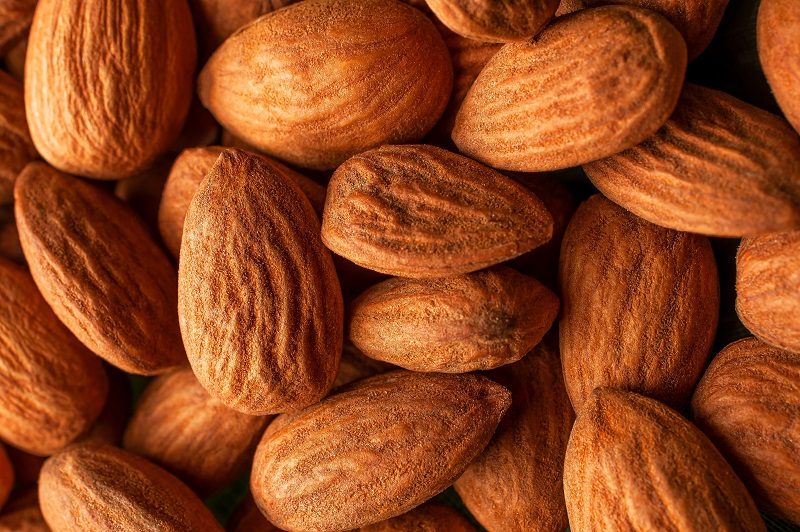Tackling Tomato Purple Leaf Disorder
Red is the color most associated with tomato, but purpling in both fruit and leaves is also possible. While purple fruit is characteristic of certain cultivars, purple leaves are most often caused by stress or disease. In most people’s minds, purple tomato leaves are the result of nutritional deficiencies, primarily of phosphorus, nitrogen, or potassium. Since 2006, unusually large numbers of tomato plants with purple leaves have been observed in several tomato fields in Hillsborough, Manatee, and Miami-Dade counties. Foliar analysis of nearly 500 samples of purple and normal colored leaves showed that this purpling was not due to nutritional deficiencies. The disorder was named tomato purple leaf disorder (TPLD) and multiple studies were conducted by a task force to understand the disorder and to identify its cause. Following is a summary of what we know to date.
Initial symptoms of TPLD appear between six to eight weeks after transplanting and could be somewhat confused with mild phosphorus (P) deficiency. The key diagnostic difference between TPLD symptoms and the symptoms of P deficiency is that symptoms of P deficiency first appear on the lower leaf surface, causing vein purpling, and then extend to the whole leaf. By contrast, symptoms of TPLD appear primarily on the upper leaf surface, without affecting the veins, and gradually spread to the entire leaf surface.
Often, when one leaf overlaps another, TPLD only develops on the surface portion exposed to sunlight, with the shaded leaf tissues remaining green. No deformation or bronzing of the affected leaves has been observed. Instead, these leaves appear to senesce prematurely. The intensity of the purple color and the extent of purpling vary among leaves on the same plant, among plants of the same cultivar, and among cultivars. This disorder has been seen in all types of cultivated tomatoes (i.e. grape, cherry, round, and Roma types). Grape tomatoes seem to have the most severe symptoms. The effect of TPLD on yield is unknown.
Initial studies in two affected fields in South Florida show that incidence of TPLD symptoms were less than 1% at 11 weeks after transplanting. However, four weeks later, incidence in the same field increased to more than 90%. At the same time, an adjacent field under the same management practices, which was four weeks younger than the previous field, exhibited less than 25% incidence. No clear pattern of distribution was observed with respect to incidence within a row or in relation to the prevailing sun and wind direction.
Many different tests for known pathogens of tomato using standard microbiological, serological, and nucleic acid-based methods were negative. This indicates that the causal agent is something new. The mechanism of transmission is still not known for sure, but greenhouse studies indicate that there is some transmissible agent. Some of the studies suggest that TPLD is caused by an infectious agent, like a virus or viroid. There is some evidence to suggest the presence of a virus similar to the whitefly-transmitted Tomato chlorosis virus. However, it is not clear if this virus is the cause of TPLD or is only part of the cause. There is some evidence that suggests a viroid may also play a role in the disorder. However, more research will be necessary to clarify the current results and confirm the identity of the causal agent.









